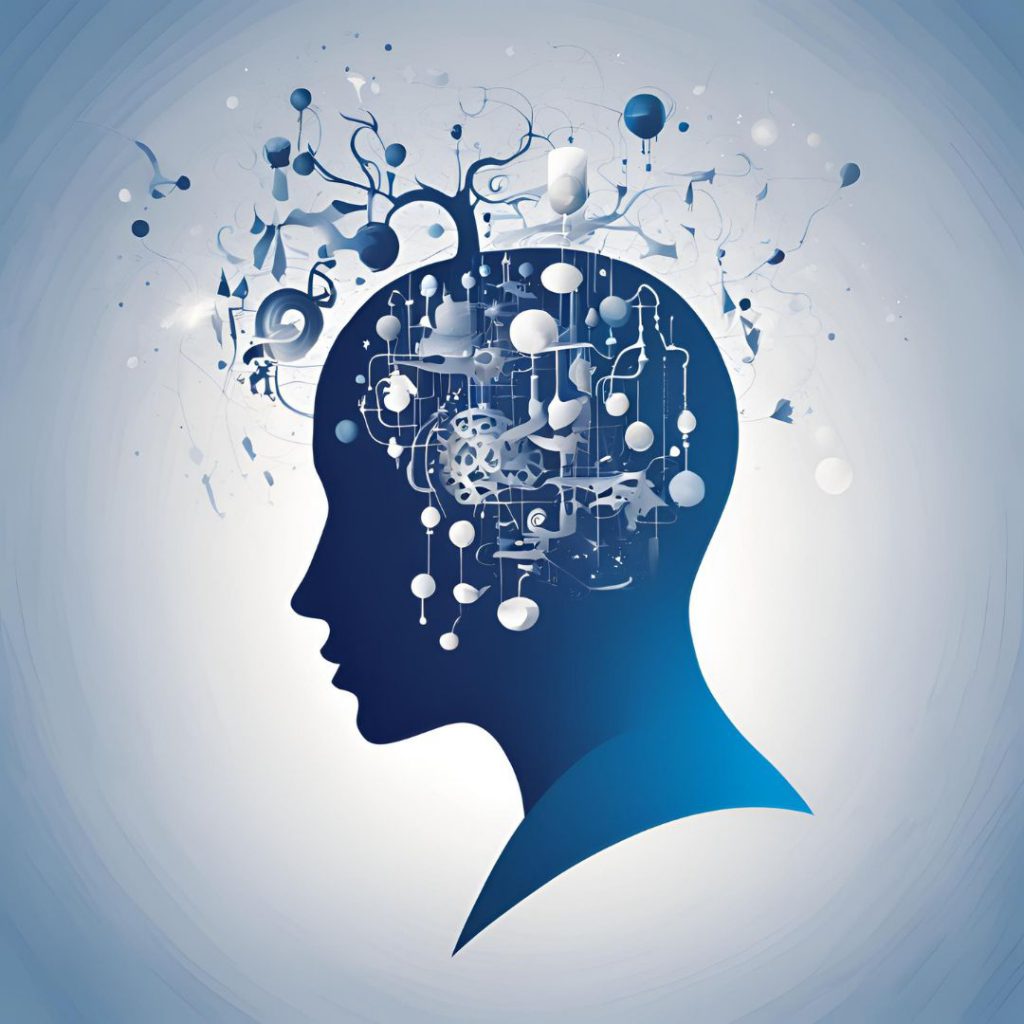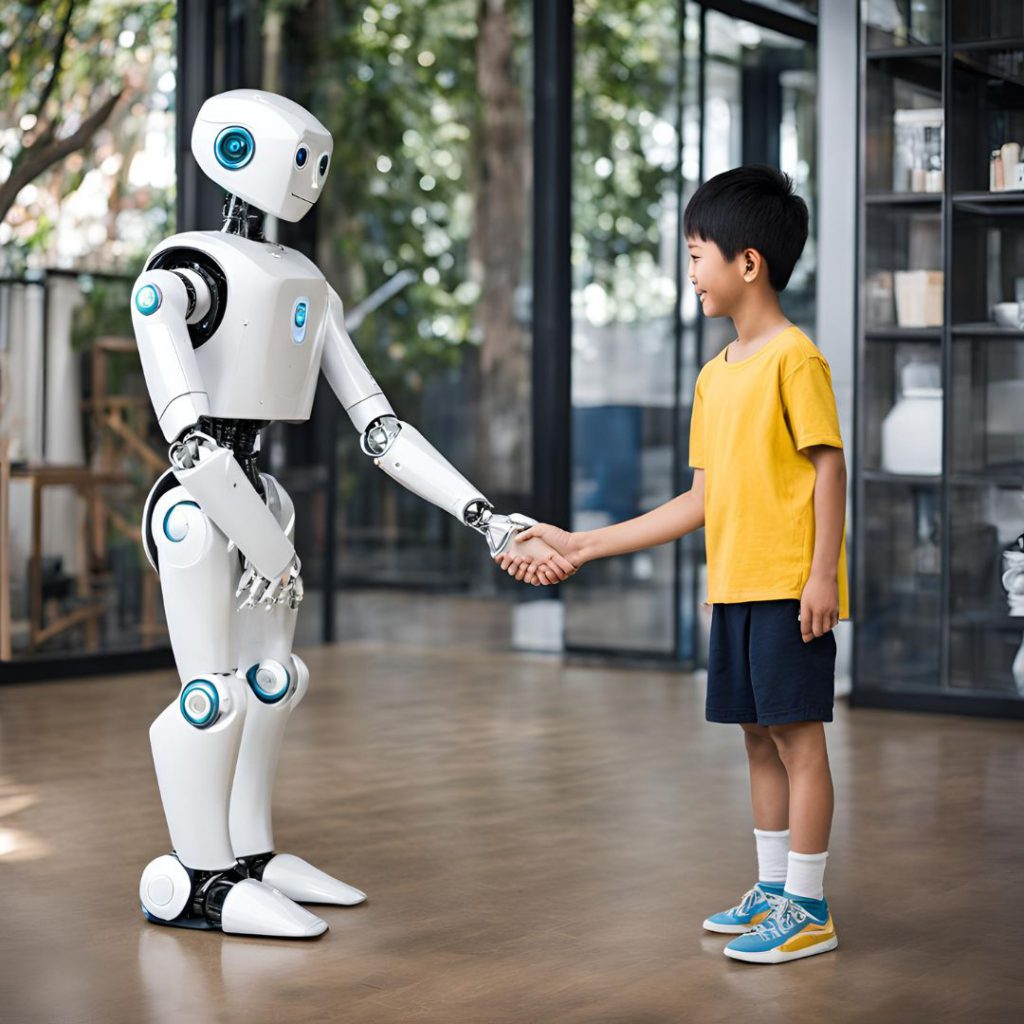A conclusione del convegno del 23 novembre 2024 L’intelligenza artificiale tra tecnologia ed etica. L’impatto sulle nuove generazioni, a cura del Liceo Le Filandiere e della Sezione FVG, pubblichiamo una sintesi dell’intervento di Floriana Ferro, scritta in inglese dalla relatrice.
Introduction
Recent advancements in generative Artificial Intelligence (AI), such as Large Language Models (LLMs) like ChatGPT and image generators like DALL-E or Midjourney have sparked debates on their role in human creativity. These tools do not require sophisticated computer skills and are capable of producing seemingly original content through complex statistical analysis. This technological innovation challenges traditional notions of creativity and raises some questions, such as the following: What is the relationship between human and AI creativity? Can these tools stimulate and expand our generative capacity, or do they risk replacing or atrophying it? This issue is discussed from a phenomenological perspective, with the aim of understanding the intertwining between our generative capacities, both at the transcendental and at the empirical level, and generative AI, and the implications of this intertwining for education and creativity.

The Extended Mind and Hybridization
The concept of the extended mind, introduced by Andy Clark and David Chalmers in the homonymous article (1998), posits that human cognition transcends the brain, incorporating external tools and environments. This theory challenges the traditional boundaries of the mind, emphasizing the intertwining between biological and non-biological resources. The principles of Parity and Coupling define cognition as involving external tools when these are consistently accessible and integrated into cognitive processes (active externalism). Consequently, modern humans act as hybrids, blending biological capacities with technological extensions.
The digital era amplifies this hybridization through pervasive orubiquitous computing, as described by Mark Weiser back in the 1990’s, and smart objects, as witnessed today. Technologies like smartphones reshape human interaction with the world, creating mixed corporealities. Luciano Floridi (2010) suggests that this leads to a reontologization of human existence, transforming not just how tasks are performed but the very essence of human and technological integration. The distinction between analog and digital worlds blurs, as seen in the rising of dimensions like Virtual Reality (VR) and Augmented Reality (AR), reinforcing the idea of humans as part of a dynamically interwoven fabric of analog and digital realities.
Generative AI and Externalizing Creativity
Generative AI exemplifies the externalization of human imagination. Tools like Midjourney and DALL-E allow users to visualize ideas by providing prompts, with AI generating novel variations. This extends human creativity, which, according to Husserl, is able to perform free variations, by offering alternatives and insights that may not have been imagined otherwise. Galit Wellner’s layer paradigm highlights how digital technologies add new layers to the imaginative process, enabling collaboration between human users and AI.
These levels can be conceived within a continuum between analog and digital (AD continuum), which is inspired by Merleau-Ponty’s “carnal phenomenology” (Merleau-Ponty 1968; Ferro 2024). According to this perspective, flesh is the common fabric of the world, its warp and weft, a dynamic element characterized by a chiasmatic dialectic between different poles. From this dynamic movement arise other dimensions that exhibit varying degrees of analog or digital. This interaction fosters hybrid imagination, where human creativity is supported by AI’s ability to generate and manipulate visual and conceptual data.

Educational Implications and Challenges
In education, generative AI presents both opportunities and risks. On one hand, tools like LLMs can stimulate critical thinking by offering new perspectives, while image generators make abstract concepts tangible. On the other hand, overreliance on AI could lead to deskilling, as students and educators may bypass the creative effort needed to develop original ideas. If students, for example, find in ChatGPT all the answers they are looking for, they may lose the habit of developing critical and reflective thinking. If they find in Dall-E or Midjourney the possibility of making artistic objects effortlessly, there might be a decrease in their imagination and realization skills. After all, learning also requires facing challenges and difficulties, striving to solve complex problems and dealing with the frustration that accompanies the exploration of new ideas. This path should therefore not be “shortened” or “replaced” by a quick and immediate response provided by a machine, otherwise we risk the loss of certain skills. To prevent this, a balanced approach is necessary, using AI as a collaborator rather than a replacement. AI’s outputs should serve as starting points for deeper exploration, encouraging students to critique and refine ideas.

Conclusion
Generative AI, when used thoughtfully, can amplify human creativity by expanding the realm of possibilities. However, it requires a critical and intentional approach to ensure it enhances rather than diminishes human agency. The challenge lies in integrating AI into education and creativity in ways that preserve the unique, irreplaceable aspects of human generative capacity. As phenomenology emphasizes, meaning-bestowal(Sinngebung) is inherently human, and AI’s role must be considered as something supporting this process rather than replacing it. This careful integration ensures that AI serves as a stimulus for extending our mind, rather than an obstacle to human development.
